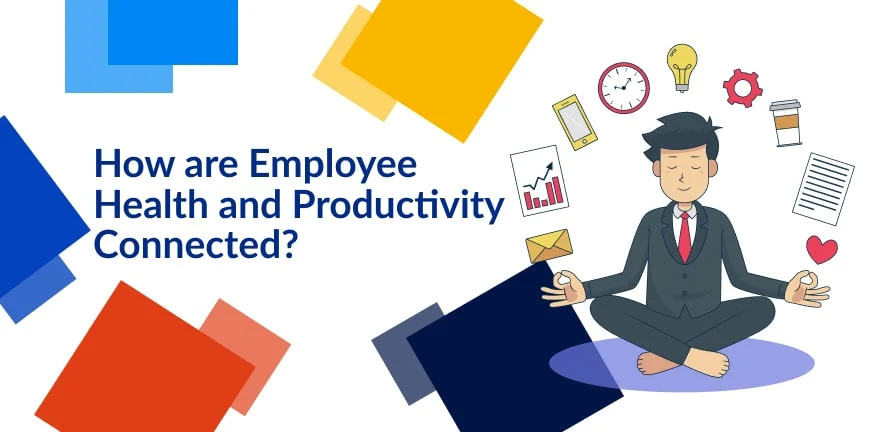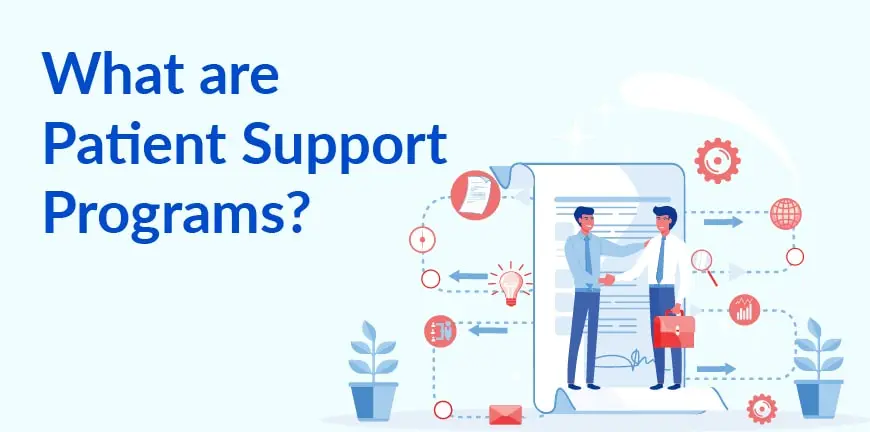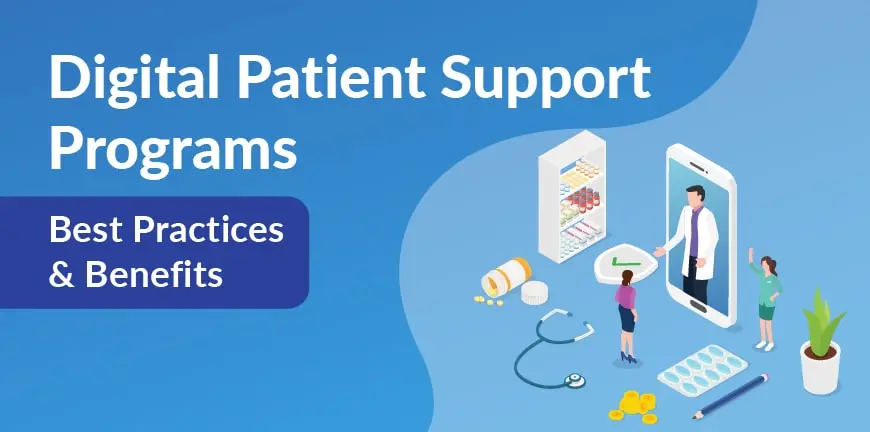
What is BFSI Recruitment? Meaning, Process & Benefits
07/04/2025
How to Recruit Blue Collar Workers: Best Hiring Strategies
07/04/2025“Health is wealth” because, without good health, all the success and riches in the world mean little. Very rightly put. Did you know? World Health Day celebrated annually on April 7, was established by the World Health Organization (WHO) in 1948, the day focuses on specific health challenges impacting populations worldwide and demands collective action to address them.
In today’s cutthroat job market scene, attracting and retaining top-tier talent does not just require a fat paycheck. Can you guess what else it requires? The secret weapon? Requires comprehensive health benefits. A 5.8% rise in health benefit costs per employee is projected in 2025, marking it the third consecutive year of increases above 5%.
Salary will always matter, but employees are yearning for more, they desire to maintain good health and support for their physical and mental well-being. A health benefits program is like a game changer and is not just a perk. It can amplify productivity and employee satisfaction and build a thriving workplace culture.
As the healthcare and employee expectations landscape is aggressively evolving, now is the time when employers can hit the refresh button on their health benefits and exceed the expectations of today’s workforce. This World Health Day, let us make the future of work healthy, happy and more engaging. Ready to lead the way?
What is the Significance of Employee Health Benefits?
Employee health benefits are pivotal in nurturing a productive and engaged workforce. A robust health benefits package entails medical, dental, vision coverage, mental health support, wellness programs and you can also have access to perks like gym memberships or counselling services. These packages assist employees with effective tools and resources they would require feeling supported and stay healthy in a and outside a work environment.
A healthy employee is often a happy and more productive one. It is not just the employees who benefit but also the employers as employees having access to comprehensive healthcare services are less likely to apply for sick leave.
They will not experience burnout or have a hard time dealing with undiagnosed or untreated health conditions. On the other hand, employees with no access to sufficient health coverage may face financial woos or may be concerned over medical costs, negatively impacting their morale and performance.
Investing in employee health benefit packages can further enhance job satisfaction and help shape long-term loyalty to the company. Employees feel a sense of belonging and will know that the employer genuinely cares about their well-being. These employees will likely stick to the company long-term diminishing turnover and other miscellaneous associated recruitment and training costs.
1. Shifting Trends in Employee Expectations
The trends revolving around the workforce today are evolving and rapidly changing as it has become more diverse than ever before and the expectations of employees related to health benefits have aligned with evolving lifestyles, workplace environments, and societal norms. The younger generation or Gen Z is increasingly prioritizing mental health benefits, work-life balance, and wellness programs. They are inclined towards valuing flexibility in healthcare options and prefer choices that cater to their individual needs.
The rise of remote and hybrid work models has led employees to expect healthcare solutions accessible outside traditional in-person visits. Methods like telemedicine, virtual therapy sessions, and wellness apps have gained momentum as they offer employees, offering employees substantial flexibility to address their healthcare requirements remotely.
Employers must adjust their health benefits packages to meet these demands, ensuring that care is delivered to employees when and where they need it.
2. Evaluate Your Current Health Benefits Package
You as an organization need to be aware of the shifting trends and current needs to determine whether your company’s health benefits are indeed supporting your employees. It is significant to regularly evaluate assess and adjust the packages offered based on current needs and trends. Let us look at a few strategies for reevaluating your health benefits:
3. Conduct Employee Surveys, Feedback Sessions
It is crucial to engage with your workforce to comprehend what health benefits are the most suited and most important to them. You can conduct anonymous surveys or host focus group discussions to accumulate honest feedback. Talk to them about their opinion about the existing healthcare options and whether they are satisfied and feel supported regarding mental health.
Ask them if require any additional benefits they would like to see offered. This feedback will be beneficial in terms of providing you with insights and making room for improvement.
4. Assess Usage Rates
You need to analyse and review the utilization rates of various health benefit programs, like healthcare plans, wellness programs and mental health services. If you notice that certain benefits are getting underused, it may suggest that employees are unaware of the benefits, or it might be that they are not considered worthwhile.
Meanwhile, high usage of certain benefits like telehealth services or mental health resources, may indicate that these areas require further investment.
5. Awareness of Industry Trends
Healthcare trends and regulations are always unpredictable and staying competitive is a must for any employer. You can suddenly bump into brand new healthcare laws to latest insurance offerings and cutting-edge innovative wellness initiatives, the landscape is constantly evolving. Recently, mental health has hogged the limelight becoming a non-negotiable part of employee benefits.
If you truly want to support your team, you must offer a well-rounded mental health package that will include therapy sessions, employee assistance programs (EAPs, and stress-busting resources. If you think that keeping your workforce mentally strong is just a trend you need to follow, you are wrong. It is a strategic move for long-term success.
6. Ensure Inclusivity
As the workforce is becoming diverse by the day, it’s time to reevaluate and refurbish your benefits package and ensure it caters to the unique needs of every employee. You need to be abreast with individuals who manage chronic illnesses, employees suffering from disabilities or people from diverse cultural backgrounds.
Remember your health benefits are the reflection of your company culture. You will create a work environment devoid of any biases by offering inclusive options. It’s not just about following the norms but cultivating a workplace where everyone feels welcome and included regardless of background or health status.
7. Flexibility and Customization
The healthcare needs of each employee will vary, and if you as a company offer flexible options in terms of healthcare benefits then it will allow individuals to select the coverage best suited for them. Employee loyalty and satisfaction can be enhanced by providing flexibility in the form of customized benefits packages.
8. ROI of Investing in Health Benefits
Companies might feel the hit of the upfront cost they have to bear while providing robust health benefits. However, the return on investment (ROI) can be significant in the future. Always remember that if your workforce is healthy the productivity will also increase manifold.
You will begin to observe reduced absenteeism, lower turnover rates, increased employee engagement and fewer untreated health conditions claims contributing to the growth and efficiency of your organization.
Companies prioritizing employee health and well-being have a good reputation in the market making it easy for them to attract and retain top talent. Moreover, employees will recommend workplaces with robust health benefits that help in crafting a positive and innovative growth cycle.
To foster a productive and engaged workforce, organizations must offer comprehensive, flexible, and inclusive health benefits leading to improved employee satisfaction, higher retention rates, and accelerated productivity.
Reevaluating employee health benefits is significant as businesses continue to navigate the workforce complexities. Let us join hands and strive to create a healthier workforce that will not just be happy but energized, innovative and committed to propel the company’s growth.
Contact Us For Business Enquiry

Dr. Neha Joshi
Dr. Neha Joshi is the Business Head at Alp Consulting Ltd., bringing over 15 years of diversified experience in operations management, business strategy, and client excellence across healthcare and consulting sectors. Her expertise lies in driving operational transformation, enhancing customer experience, and building scalable business processes. Having held key leadership roles at Rivaara Labs, Suburban Diagnostics, and Portea, Neha combines strategic insight with execution excellence to deliver impactful, sustainable growth.




